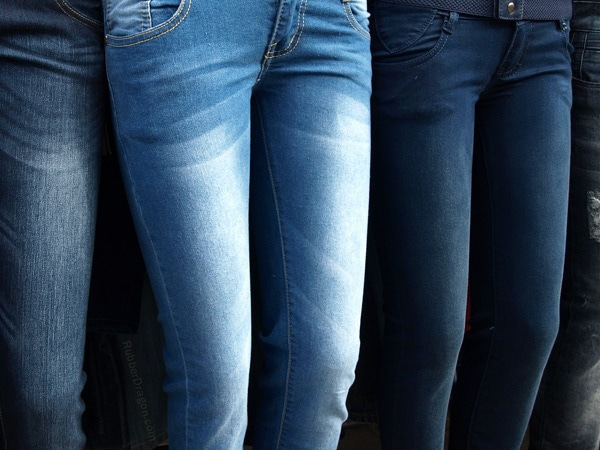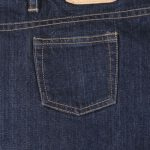When shopping for a new pair of denim jeans, you’ll probably come across different rises. Of course, this isn’t limited strictly to jeans. Trousers and other pants are designed in different rises. Whether you are familiar with the term or not, however, it’s essential that you choose the right rise, as this will play a key role in the fit and overall appearance of your jeans.
Low-Rise
Low-rise jeans live up to their namesake by sitting lower around the waist than standard jeans. They’ve been around for decades, boasting the highest level of popularity during the 1960s and 70s. The waist is typically larger, which allows the jeans to fall — at least somewhat — around the lower portion of your waist. Low-rise jeans have since made a comeback, however, with many women preferring this style over other rises.
Regular-Rise
If you are looking for a more traditional look, however, you may want to stick with regular-rise jeans. Also known as mid-rise, jeans of this style generally sit around the middle of your waist. The distance from the middle of the crotch to the top of the waistband in regular-rise jeans is usually 8 to 11 inches, depending on the manufacturer and exact style. Regular-rise jeans are a safe choice, as they can be dressed up or dressed down for a variety of occasions.
High-Rise
Last but not least is high-rise jeans. We’ve talked about this style before on the MakeYourOwnJeans blog, but in case you missed it, high-rise jeans are basically jeans with a rise of at least 10 inches. Because they sit higher on the waist, they are an excellent choice for tall men and women. So if you want to wear your jeans around the upper portion of your waist instead of lower by your hips, high-rise might be the answer.
The Bottom Line
Rise is just one of the many things to consider when shopping for a new pair of jeans. You should also consider the material from which the jeans are construction (e.g. 100% denim, polyester, denim blend, etc.), as well as the length, color and wash. Taking all of these things into account will allow you to choose the perfect pair of jeans.











